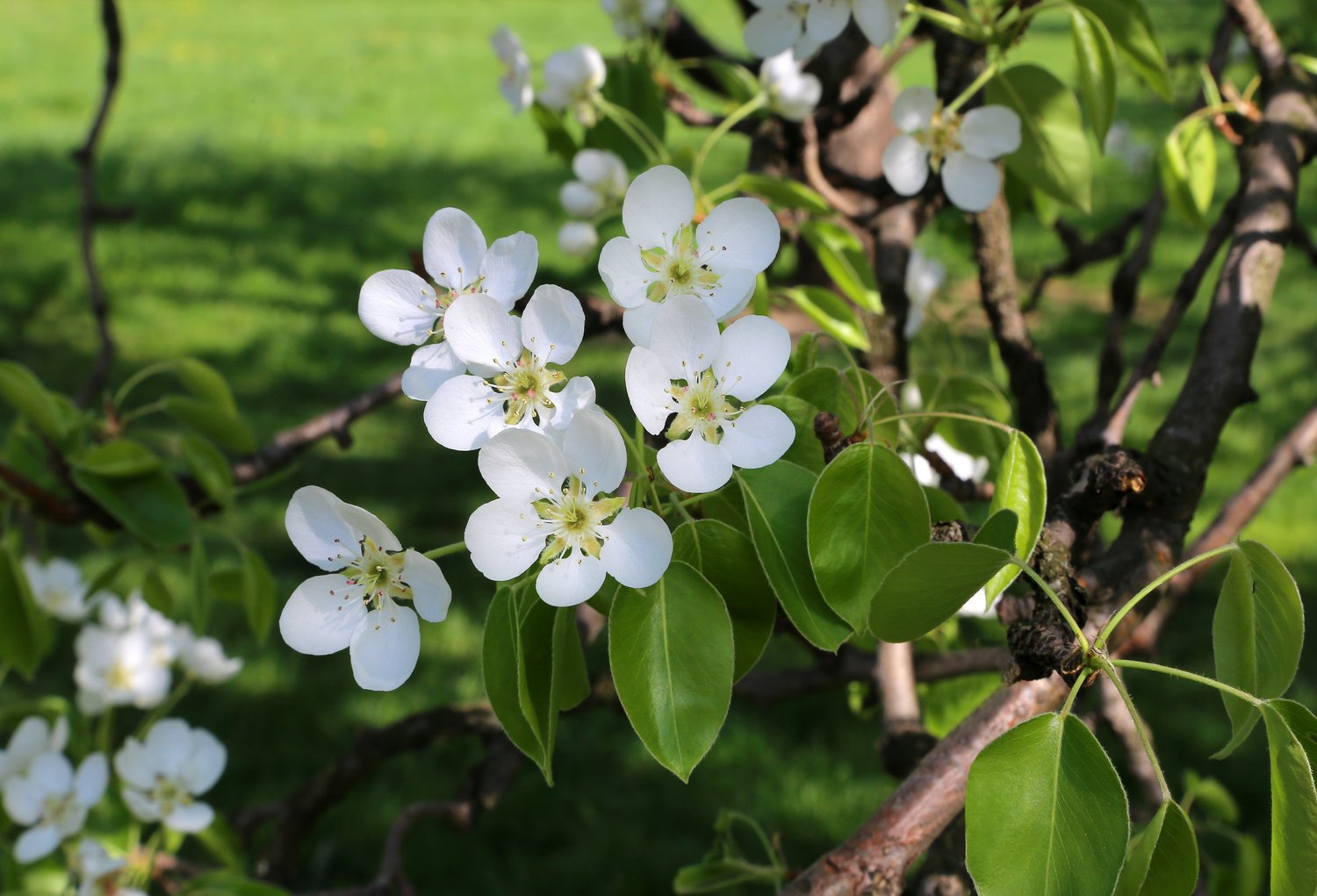Embarking on garden design as a beginner can feel overwhelming, but understanding a few fundamental principles can make the process both enjoyable and rewarding. Creating a beautiful garden requires thoughtful planning, considering both aesthetic appeal and practical functionality. This article will guide you through the essential landscape design principles that form the foundation of successful gardens, offering straightforward advice for basic garden planning that transforms your outdoor space into a personal sanctuary.
Understanding Your Space
Before purchasing a single plant, take time to thoroughly assess your outdoor area. Observe how sunlight moves across your yard throughout the day, noting which areas receive full sun, partial shade, or complete shade. Pay attention to existing features like slopes, drainage patterns, and soil conditions. Consider the climate in your region and how it might affect plant choices. Take measurements of your space and create a simple sketch that captures the dimensions and permanent features such as buildings, trees, and hardscapes. This initial analysis serves as the foundation for all your garden design beginners’ decisions, ensuring your plans work with your specific conditions rather than against them.
Establishing Purpose and Function
Every successful garden design begins with clear intentions. Ask yourself what you want from your outdoor space. Do you need a play area for children? Are you hoping to grow vegetables or herbs? Perhaps you desire a tranquil retreat for relaxation or an inviting space for entertaining guests. Your garden might need to serve multiple functions, which requires thoughtful zoning of different areas. By defining these purposes early in your basic garden planning process, you create a framework that guides all subsequent decisions about layout, materials, and plant selections. Functionality should always precede purely decorative considerations to ensure your garden serves your lifestyle needs.
Applying Core Design Principles
Several timeless landscape design principles can help beginners create cohesive and appealing gardens. Unity creates a sense of harmony through consistent elements, whether through repeated plant varieties, consistent color schemes, or matching materials. Balance distributes visual weight evenly, either symmetrically (mirror images on either side) or asymmetrically (different elements that carry equal visual importance). Proportion ensures elements relate appropriately to one another and to human scale. Rhythm guides the eye through the garden via repetition of colors, shapes, or textures. Focal points draw attention to special features like specimen plants, water features, or garden art. Understanding these fundamental principles helps beginners avoid common mistakes when trying to create beautiful garden spaces that feel professionally designed rather than haphazardly assembled.
Selecting a Style Direction
Gardens reflect personal taste, but choosing a defined style direction provides valuable guidance for beginners. Consider whether you’re drawn to formal gardens with geometric precision, cottage gardens overflowing with colorful blooms, minimalist contemporary designs, or naturalistic landscapes that mimic local ecosystems. Research different garden styles through books, magazines, or online resources like AskHomey, where you can find inspiration and connect with professionals who specialize in your preferred aesthetic. Your chosen style will inform decisions about hardscaping materials, plant selections, and ornamental elements, creating a coherent visual language throughout your garden.
Creating a Practical Layout
Translating your ideas into a workable layout represents a critical step in basic garden planning. Start by establishing primary pathways that connect key areas and entrances. Consider the natural flow of movement through your space, making paths wide enough for comfortable passage. Position seating areas where they capture desirable views or favorable microclimates. Group plants with similar water and light requirements together to simplify maintenance. Place high-maintenance elements like vegetable gardens or delicate perennials where you’ll easily access them for regular care. Even with limited space, thoughtful organization maximizes both beauty and functionality, turning garden design challenges into creative opportunities.
Selecting Appropriate Plants
For beginners creating their first garden design, plant selection often proves the most intimidating aspect. Start by choosing plants adapted to your local climate and specific site conditions to minimize maintenance and maximize success. Consider the mature size of plants to avoid overcrowding as they grow. Select varieties that provide interest across different seasons through flowers, foliage, berries, or structural elements. Include a mix of perennials, shrubs, and perhaps trees for diverse heights and textures. Begin with a limited palette of plants used repeatedly throughout the garden for a cohesive appearance rather than collecting single specimens of many different varieties, which can create a disjointed effect.
Planning for Growth and Change
Remember that gardens evolve over time. Allow space for plants to reach their mature size without crowding neighbors. Consider how seasonal changes affect your garden’s appearance and functionality. Document your garden with photographs and notes throughout the year to track successes and identify areas for improvement. Recognize that creating a beautiful garden happens gradually, often over several years as plants establish and your understanding of your specific site deepens. This patience-requiring aspect of gardening often delivers the most satisfaction as you witness your landscape design principles in action, transforming your outdoor space into a living, growing extension of your home.
For more tips and to connect with reliable home service professionals, follow AskHomey on Facebook and Instagram.



